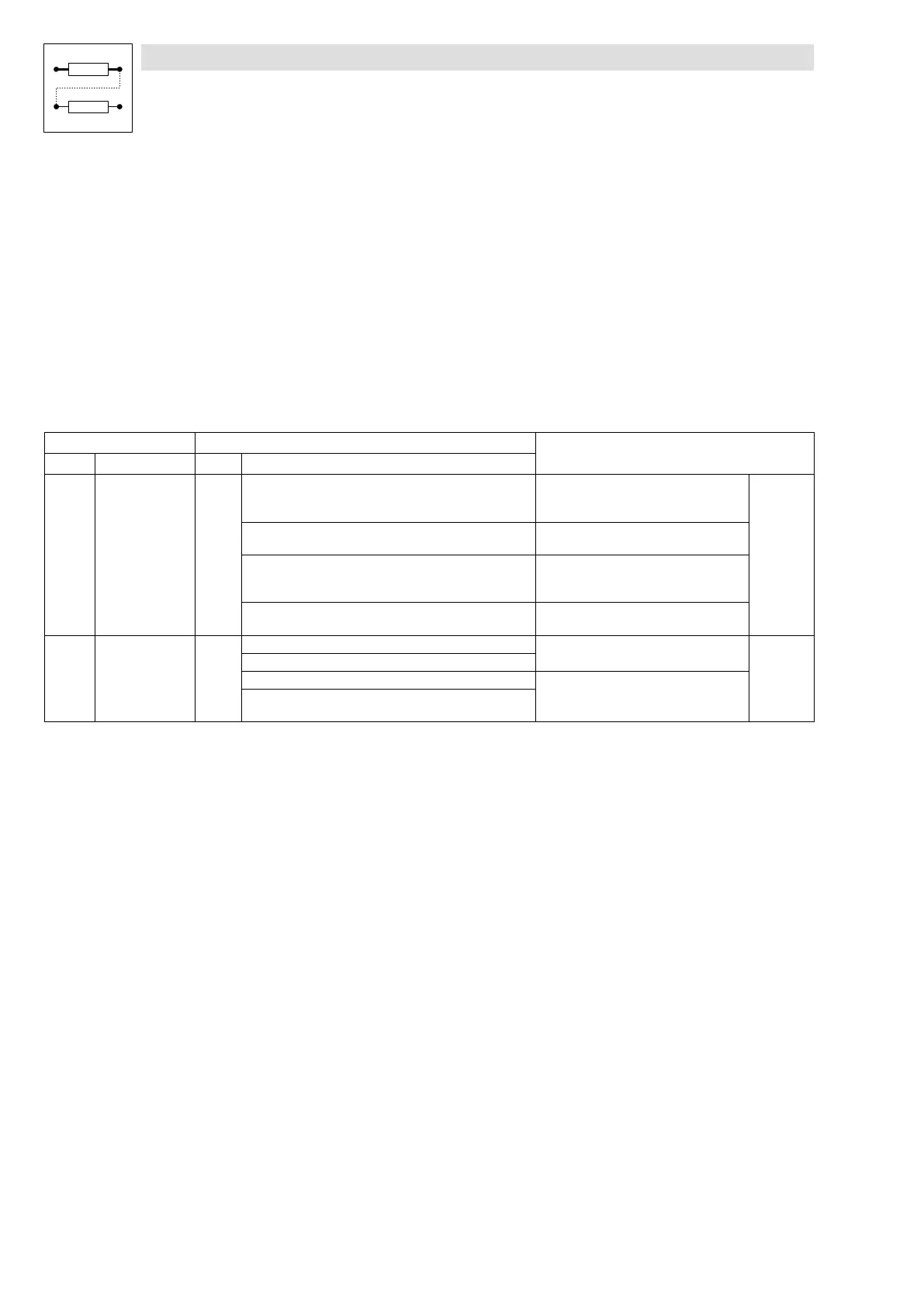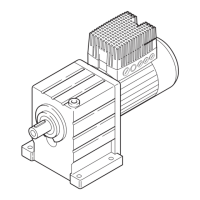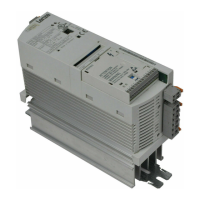Function library
Selection of control mode, optimisation of operating behaviour
7−18
L
EDB82MV752 EN 5.2
7.3 Behaviour in the event of mains switching, mains failure or
controller inhibit
7.3.1 Start conditions/flying−restart circuit
Description
Determines the controller behaviour after a restart after controller inhibit, mains switching or a mains
failure.
With activated flying−restart circuit the controller automatically synchronises to a coasting motor
after mains disconnection or adds a setpoint signal.
Codes for parameter setting
Code Possible settings IMPORTANT
No. Name Lenze Selection
C0142
Start condition 1
0 Automatic restart after mains connection
inhibited
Flying restart not active
Start after HIGH−LOW−HIGH changes at
X3/28
7−18
1 Automatic start, if X3/28 = HIGH
Flying restart circuit not active
2 Automatic restart after mains connection
inhibited
Flying−restart circuit active
Start after HIGH−LOW−HIGH changes at
X3/28
3 Automatic start, if X3/28 = HIGH
Flying restart circuit active
C0143*
Selection of
flying−restart
0
0 Max. output frequency (C0011) ... 0 Hz
Motor speed selected for the indicated
range
7−18
1 Last output frequency ... 0 Hz
2 Frequency setpoint addition (NSET1−NOUT)
The corresponding value is input after
controller enable.
3 Act. process controller value (C0412/5) addition
(PCTRL1−ACT)
Drive behaviour without flying−restart circuit
Manual start (C0142 = 0):
After mains interruption the drive only restarts after a LOW/HIGH level change at the "Controller
inhibit" terminal (X3/28).
Automatic start (C0142 = 1)
After mains interruption the drive only restarts if a HIGH level is applied to the "controller
inhibit"terminal (X3/28).
The controller sets all integrators to zero and releases them again.
Drive behaviour with flying−restart circuit
Manual start with flying−restart circuit (C0142 = 2)
After mains interruption the drive only restarts after a LOW/HIGH level change at the "Controller
inhibit" terminal (X3/28).
Automatic start with flying−restart circuit (C0142 = 3)
After mains interruption the drive only restarts if a HIGH level is applied to the "controller
inhibit"terminal (X3/28).
Flying restart
With the selection of the flying restart(C0143) you define whether the controller searches for the
motor speed after the restart or adds a signal.
Searching for the motor speed (C0143 = 0, C0143 = 1)
The drive starts if the momentary motor speed has been found. The acceleration is steady and
smooth

